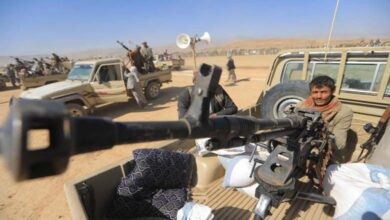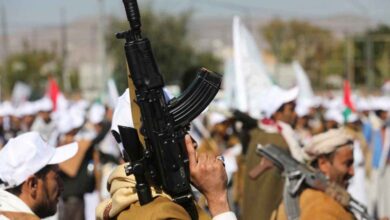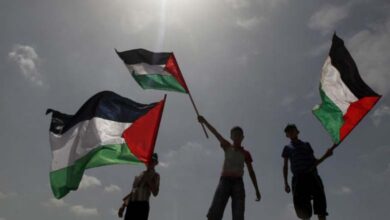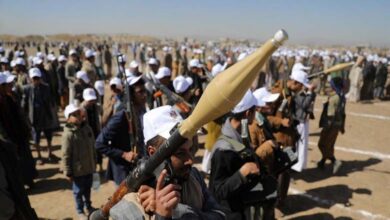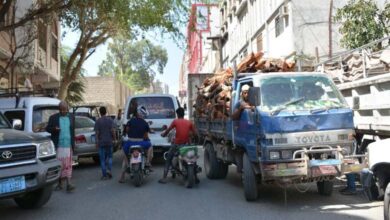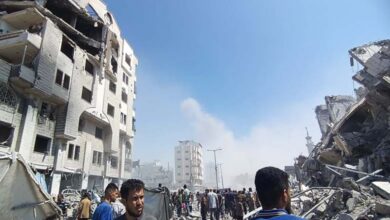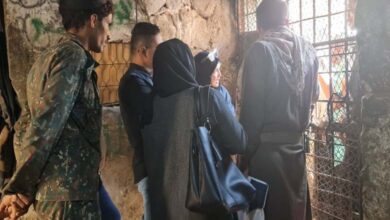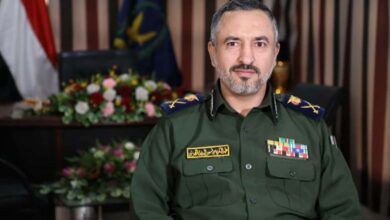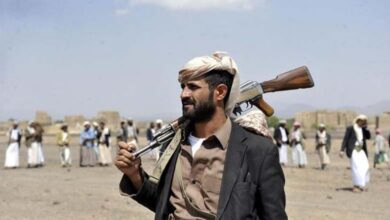Baalbek: Shadows of Destruction Hide the “City of the Sun” (Photos)
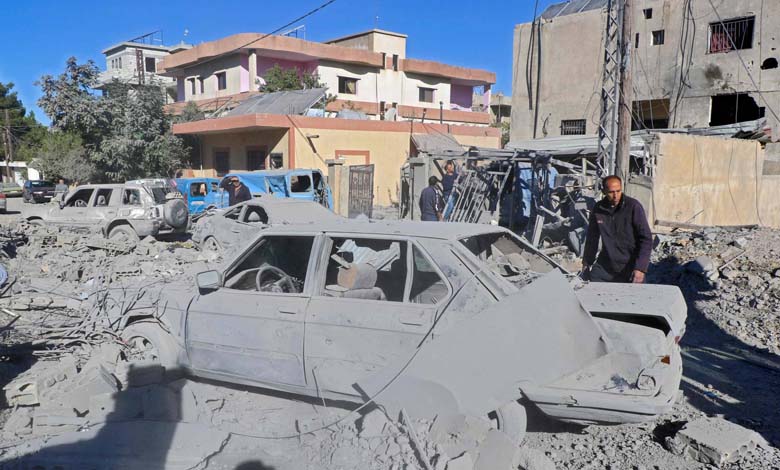
Lebanon’s Baalbek has bid farewell to its bright mornings, and its façade has forsaken its usual smile, slowly slipping away from the Bekaa Valley and the Litani River.
-
Hezbollah and the Death of Nasrallah… the End of an Era?
-
Israel’s Attempt to Break ‘Al-Qard Al-Hassan’: Cutting Hezbollah’s Financial Channels
The features of the “City of the Sun” have vanished, and the heritage of historical civilizations has crumbled. Its streets – along with the surrounding towns – have turned into desolate corridors, with debris piling up on their edges.

As for the buildings, most have transformed into ruins, standing as a sad testament to the “storm” that passed through, leaving behind death, displacement, and much anger and questions.
-
Tense Atmosphere in Beirut Due to Displaced People from Hezbollah Strongholds
-
One of them was a missile system commander… Israel kills Hezbollah leaders
On Thursday, a series of Israeli airstrikes targeted the outskirts of Baalbek (East) following warnings issued by the Israeli army for evacuation, particularly affecting the town of Douris.
The strikes were carried out after a statement from the Israeli army informed the residents of Baalbek, Ain Bourday, and Douris to evacuate the area because it “intends to attack and target infrastructure, interests, and military facilities belonging to Hezbollah.”
-
Disengagement from Gaza: Did Hezbollah accept in private what it publicly rejected?
-
Targeted by Hezbollah: What Do We Know About the Israeli Galilout Base?
Baalbek Calls for Help
In the midst of ongoing shelling in eastern Lebanon, the Baalbek International Festival Committee, which has hosted events in the city for decades, sent an open letter to international organizations and specialists in heritage protection.

In its message, it called for the protection of the city and its archaeological sites, and urged “rapid action to stop the repeated assaults.”
-
Will Iran Abandon Hezbollah for Its Regional Interests?
-
The Sole Survivor of Hezbollah’s Leadership: Who Is Abou Ali Reza?
Since last October, Israel has intensified its airstrikes on areas considered strongholds of Hezbollah near Beirut and in the south and east of the country, and has launched a “limited” ground offensive in southern Lebanon after a year of cross-border shelling with Hezbollah.
However, the cost of pursuing the party’s strongholds is borne heavily by civilians, who pay a steep price, losing their cities, their characteristics, and their inhabitants. Baalbek is a striking example of this, having been forced to see its residents leave due to Israeli warnings.
-
A $7 Million Bounty on Its Leader: What Is Hezbollah’s Most Dangerous Unit, “The Shadow Unit”?
-
Gaza Setback and the Success of Israeli Spies: An Analysis of Hezbollah Infiltration
Baalbek has not only lost its inhabitants, but it also fears losing its identity. This historical city, adorned with a heritage that encapsulates the uniqueness of an entire country, is a geographical crossroads that has long been a meeting point for caravans coming from Rome, Anatolia, and Syria toward Palestine and the Mediterranean coast.

Situated north of the Bekaa Valley and east of the Litani River, it appears from afar like a painting suspended amid a mountain range that protects it from all sides and has historically shielded it from invaders.
-
Israel Considers Ceasefire with Hezbollah While Continuing Escalation
-
Israel Urges Lebanese Citizens to Immediately Move Away from Hezbollah Sites
The city rests at a point of geographic intersection, about 85 kilometers east of the capital Beirut, 45 kilometers from the city of Zahle, and it even overlooks the Syrian capital, Damascus, which is only 56 kilometers away.

Naming and History
Some historians say that the origin of the name Baalbek comes from the combination of the words “Baal” and “Bak,” or “City of Baal,” since “Baal” is one of the gods of the Syriacs and Canaanites, while the word “Bak” means the city.
-
Heaviest escalation between Hezbollah and Israel puts Lebanon on the brink of war
-
The “gouged eyes” could have been avoided… Here’s what Hezbollah overlooked
As for the title “City of the Sun,” it was given to it by the Romans when they conquered it in 332 B.C., naming it “Heliopolis,” which means “City of the Sun.”
Because it was distinguished by its agricultural abundance, the Romans also referred to it as “the granaries of Rome,” meaning the storages of grain.
But today, after all it has accumulated in glory and uniqueness, Baalbek stands as a witness to its destruction and the displacement of its children, chronicling its daily life in deserted streets, destroyed homes, and a threatened identity.
-
What Weapons Will Hezbollah Use in an Open War with Israel?
-
Hezbollah Bets on Tunnel Warfare in Confrontation with Israel


